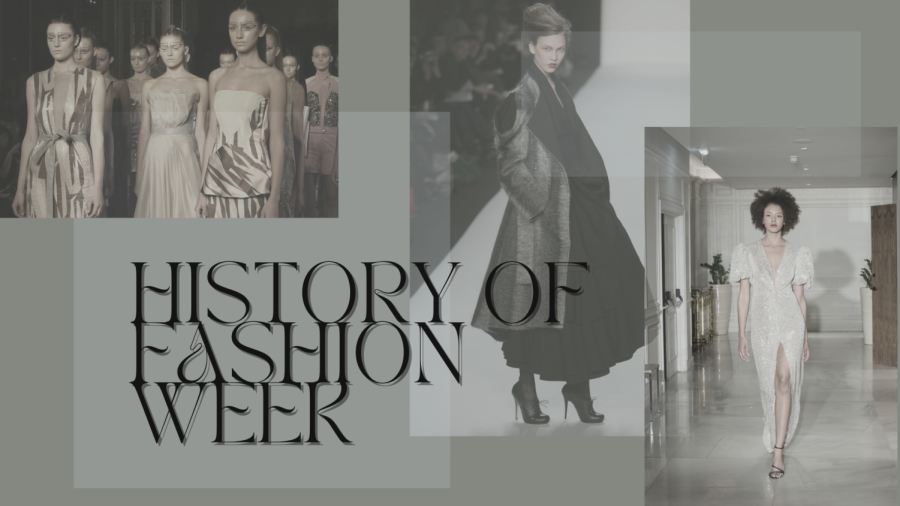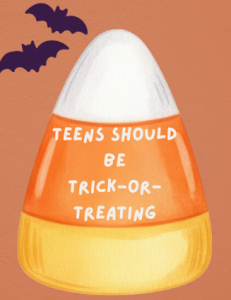History of Fashion Week
Mar 8, 2022
All eyes in the industry turn to the international fashion capitals—New York City, London, Milan, Paris and Miami—during various Fashion Weeks to see the latest styles.
The hottest designers preview their upcoming season’s collections for journalists, fashion buyers, celebrities and fashionistas in a nonstop parade of parties and runway shows. It’s also an opportunity for fashion designers to take notes, critique trends and find the best models to display their work.
Fashion weeks spawn incredible flamboyant displays of haute couture like the Battle of Versailles, where french fashion houses (Yves Saint Laurent, Givenchy and Dior) went head-to-head with American labels (Oscar de la Renta and Halston) pitting their collections against each other. Or even the Chanel Supermarket, where Chanel’s Autumn-Winter show was a consumerist fantasy making the runway into an extravagant supermarket spectacle, complete with Chanel-branded groceries. In the show, singer Rihanna and models Cara Delevingne and Joan Smalls walked around the isles with a shopping cart filled with Chanel products.
Fashion Weeks are held twice a year, in February and September, to showcase the spring/summer and fall/winter collections, respectively. The Fashion Weeks begin in New York, with London, Milan, and Paris close behind.
History of fashion week
Fashion designer Charles Frederick Worth is credited as one of the first examples of a fashion week, or seasonal collection, in history. Fashion week got its start in Paris, when marketers hired women to wear couture items in public places like racetracks and salons which evolved into their own social events over time. In France, runway shows are still referred to as “défilés de mode,” which literally translates to “fashion parades.”
Ehrich Brothers, a New York City store, put on what is thought to be the country’s first fashion show in 1903 to entice middle-class women into the store. By 1910, many of the major department stores were hosting their own shows; it’s likely that American retailers were inspired by the “fashion parades’ ‘ held in couture salons. These “parades” were an effective way to promote and elevate the status of stores. By the 1920s, retailers all over the country were using fashion shows. They were staged and frequently held during lunch or tea time in the shop’s restaurant. These shows were usually more theatrical than today’s, with a strong focus on a single theme and a narrative commentary.
The first-ever “fashion week,” New York Fashion Week, was held on July 19, 1943, with the goal of providing fashion buyers with alternatives to French fashion during World War II, when fashion industry workers were unable to travel to Paris.
Until 1994, shows were held in a variety of settings, including hotels and lofts. The event was held in a tent at Bryant Park, behind the New York Public Library, from 1994 to 2009. From 2010 to 2015, Fashion Week was held at Lincoln Center, before moving to Clarkson Square, a SoHo event space.
In 1973, the first Paris Fashion Week took place.
Fashion week is an iconic part of the fashion industry. It sets the tone for the major fashion trends of the season. It’s a theatrical celebration of the craftsmanship and creativity that goes into the fashion industry. The cultural, economical, and historical significance of Fashion week is one that highlights the artistry of such a lavish industry.







